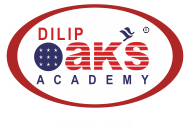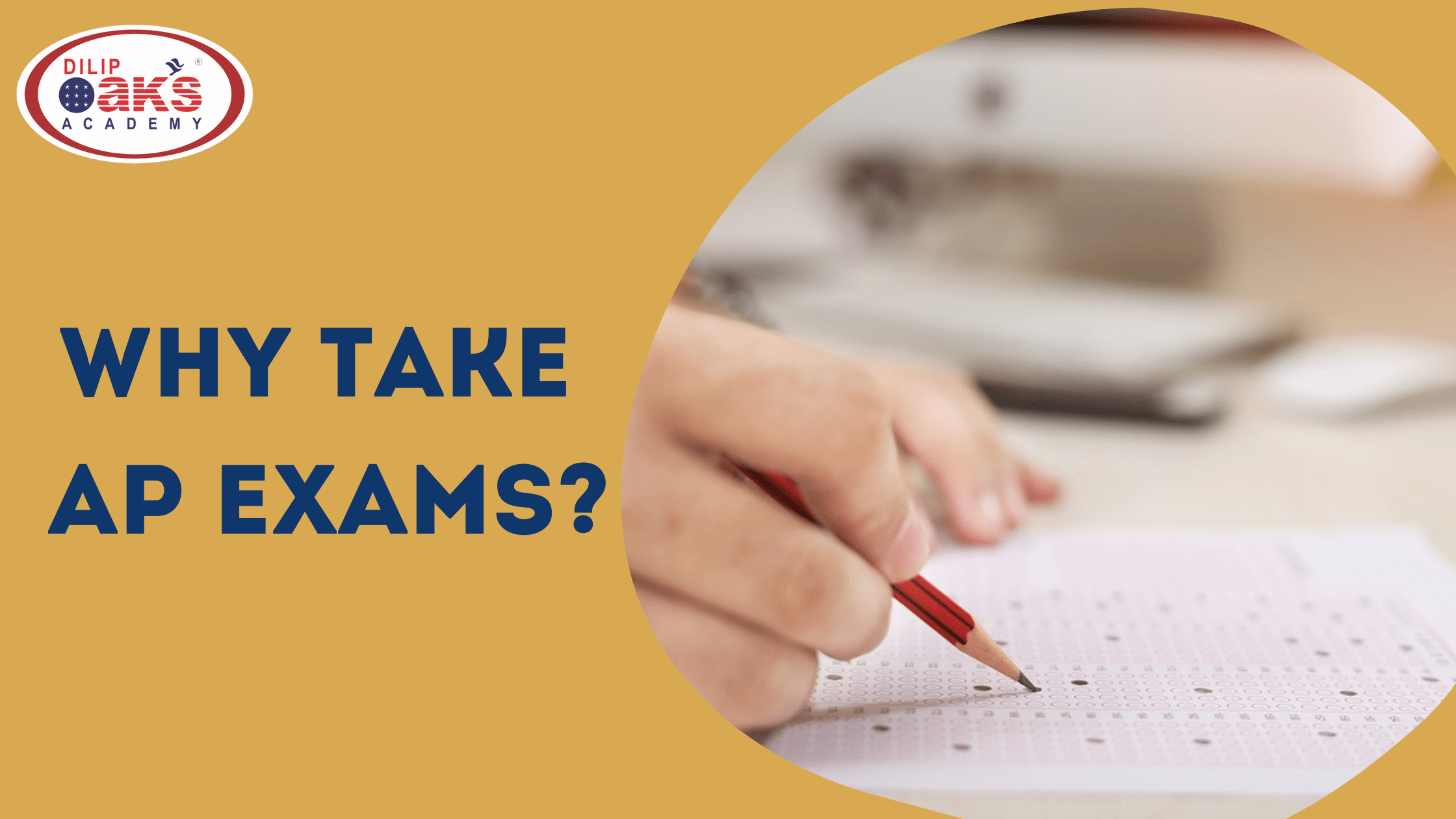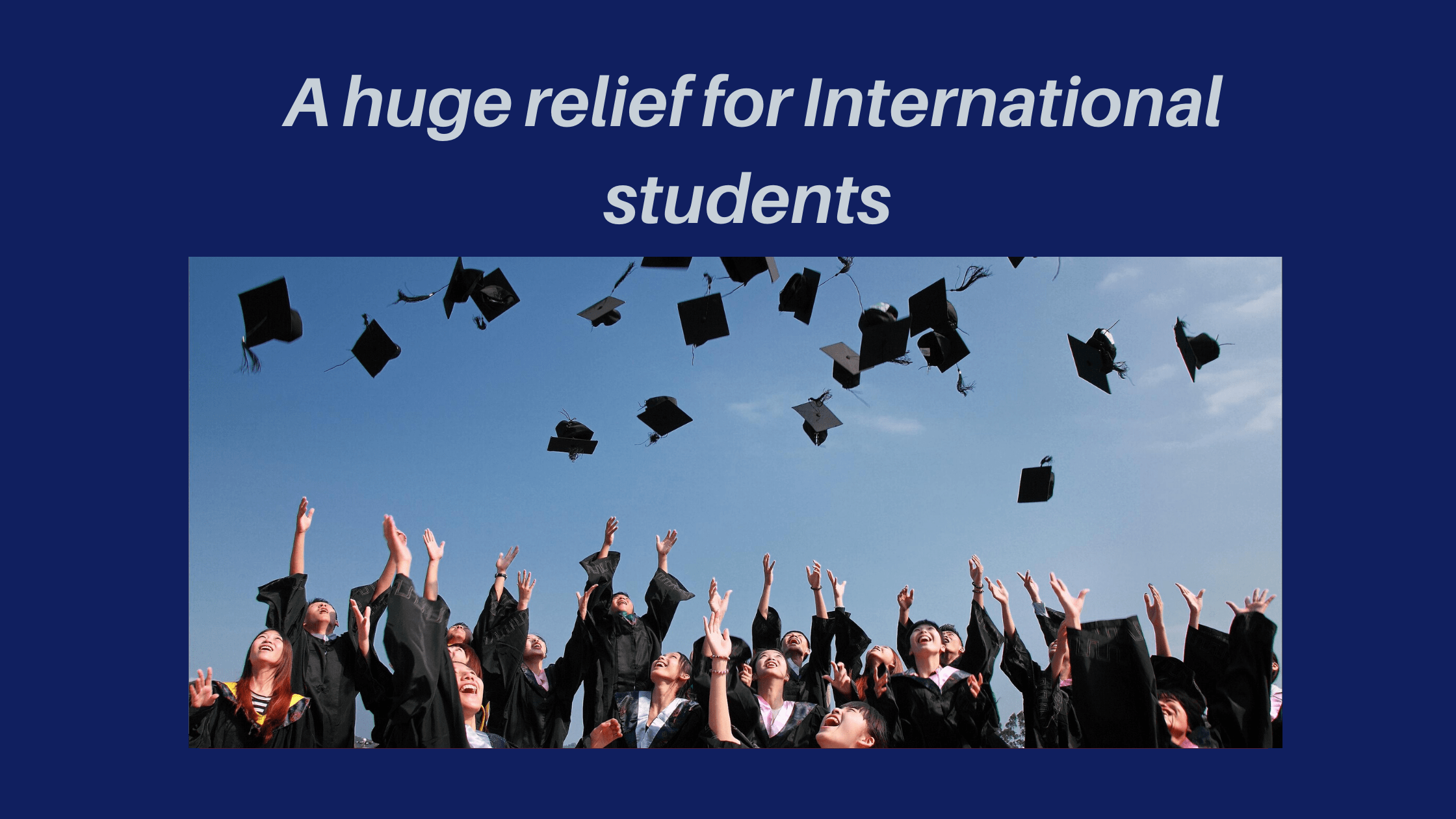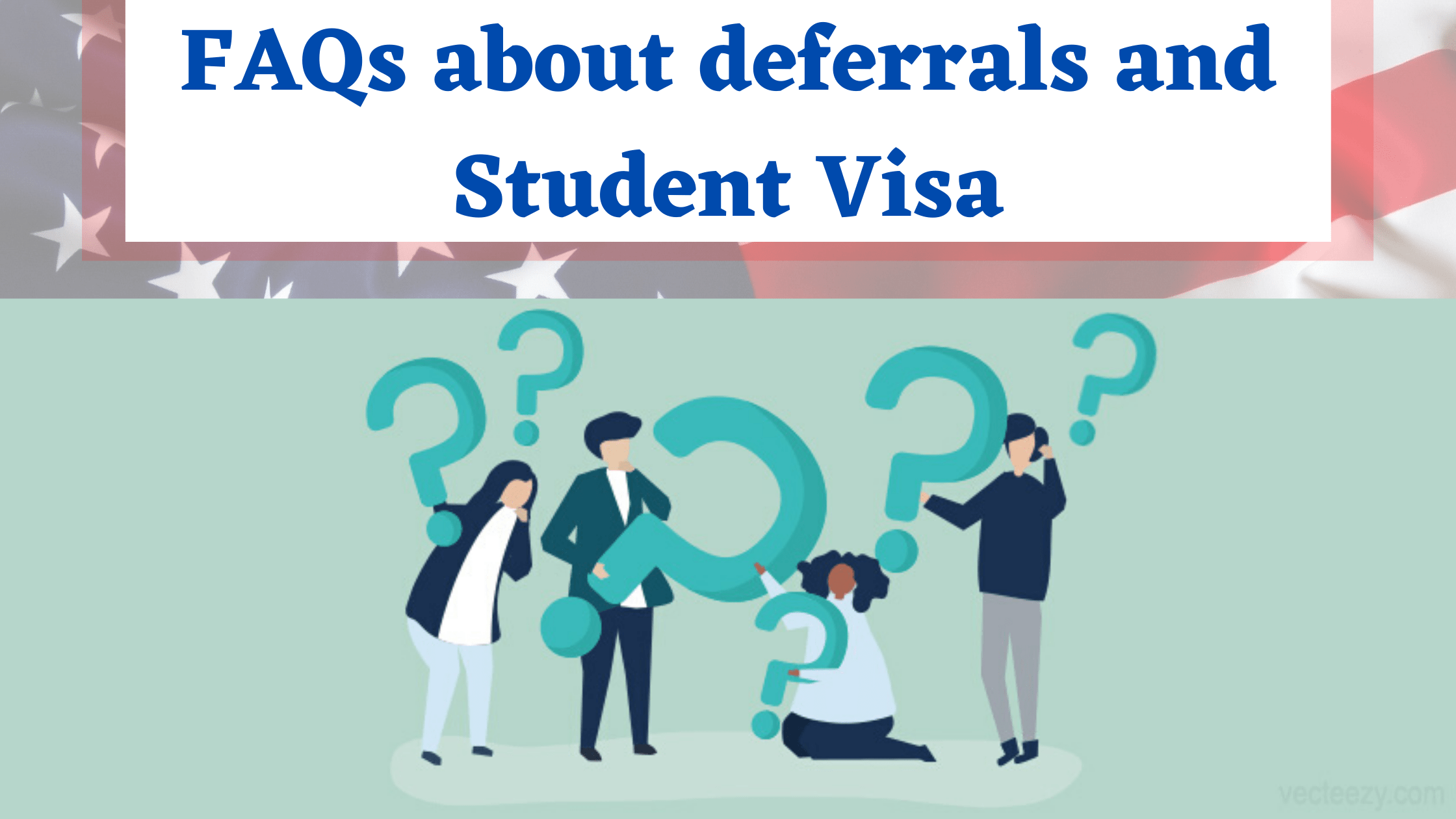While the standardized tests like SAT and ACT are very popular among Indian students aspiring to pursue bachelors in America, the Advanced Placement (AP) Test is often disregarded by most due to complexity of its courses. A lot of students consider them challenging and shy away from taking this exam. In today’s blog, we aim to address these misconceptions about the AP and throw light on how Indian students can actually benefit from this exam.
What is AP? (Advanced Placement)
AP Exams are standardized college-level exams designed to measure your mastery over a specific subject and help you earn credits. Under this, there are 38 courses from various disciplines to choose from like AP Calculus AB, AP Computer Science, AP Chemistry, AP Physics etc. You can choose the course for subjects related to your career of choice and your expertise. AP exams are scored on the scale of 1 to 5, where each score corresponds to a college course grade equivalent.
Are AP exams really challenging?
Yes.
AP exams are definitely challenging and demanding because they require you to dive deep in the subject, beyond the set purview.
Does that mean you should skip them?
No.
Though AP exams are rigorous, they are definitely worth taking, especially for Indian students, due to the following reasons:
Higher chances of getting into a top-ranked university: Taking AP exams adds weightage to your college application and helps you stand out among hundred others. Top-ranked universities prefer students who give AP exam because performance in AP demonstrates your thoroughness in the subject and ability to manage university-level studies.
Early graduation and reduced tuition cost: Taking AP exam during high school helps you to earn college credits even before starting with the college. A high AP score of 4 or 5 allows you to earn enough credits so as to skip a semester or even a year. In that case, you can graduate almost 6 months to 1 year early and save on your tuition fees by thousands of dollars. Some universities also allow you to skip introductory courses and jump to upper-level courses and even bag internships.
Scholarships and funding opportunities: Most US universities offer good scholarships to high AP scores. This enables the student to further save up on the tuition cost. Some universities also offer an Advanced Placement International Diploma (APID) to Indian students who score exceptionally well in more than 5 AP exams. Hence, even if you have a humble financial background, your AP score can help you complete your bachelors in a high ranked university at a relatively low cost.
What is the ideal time to give the AP?
The ideal time to give the AP is in your 11th or 12th grade, depending on the number of exams you want to take and your level of preparation. You can find the details of AP exams on https://www.collegeboard.org/.
At Dilip Oak’s Academy, we offer guidance on these pre-requisite examinations for bachelors in America and also conduct online SAT coaching to help you ace your prep!
To know more about bachelors in America, examinations, the application process, visa and other requirements for bachelors in America, attend our free webinar on 20th September. Register for the webinar today!




